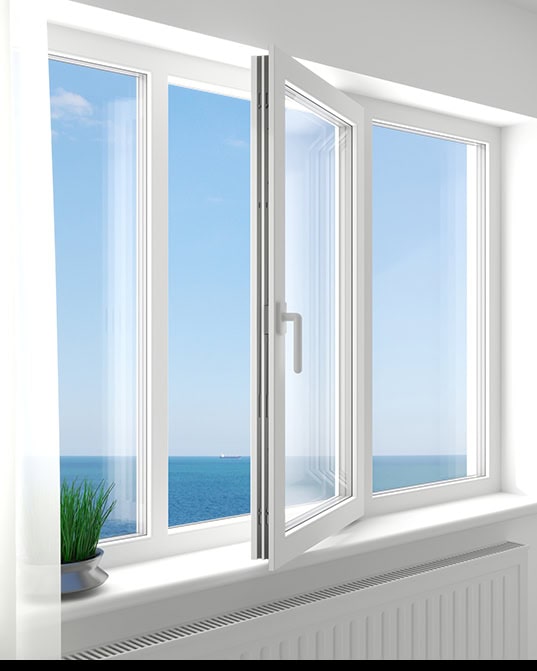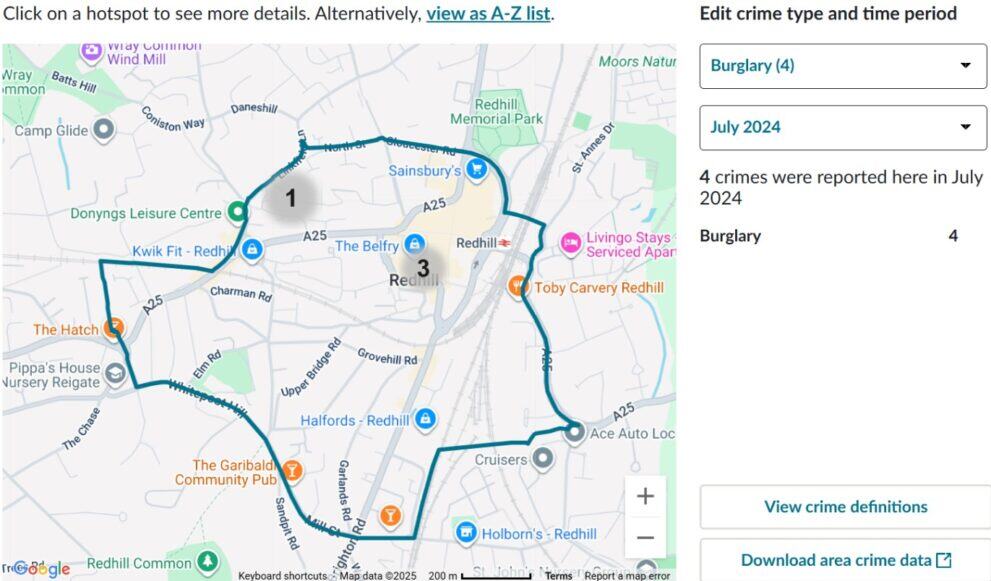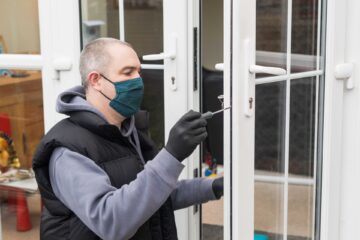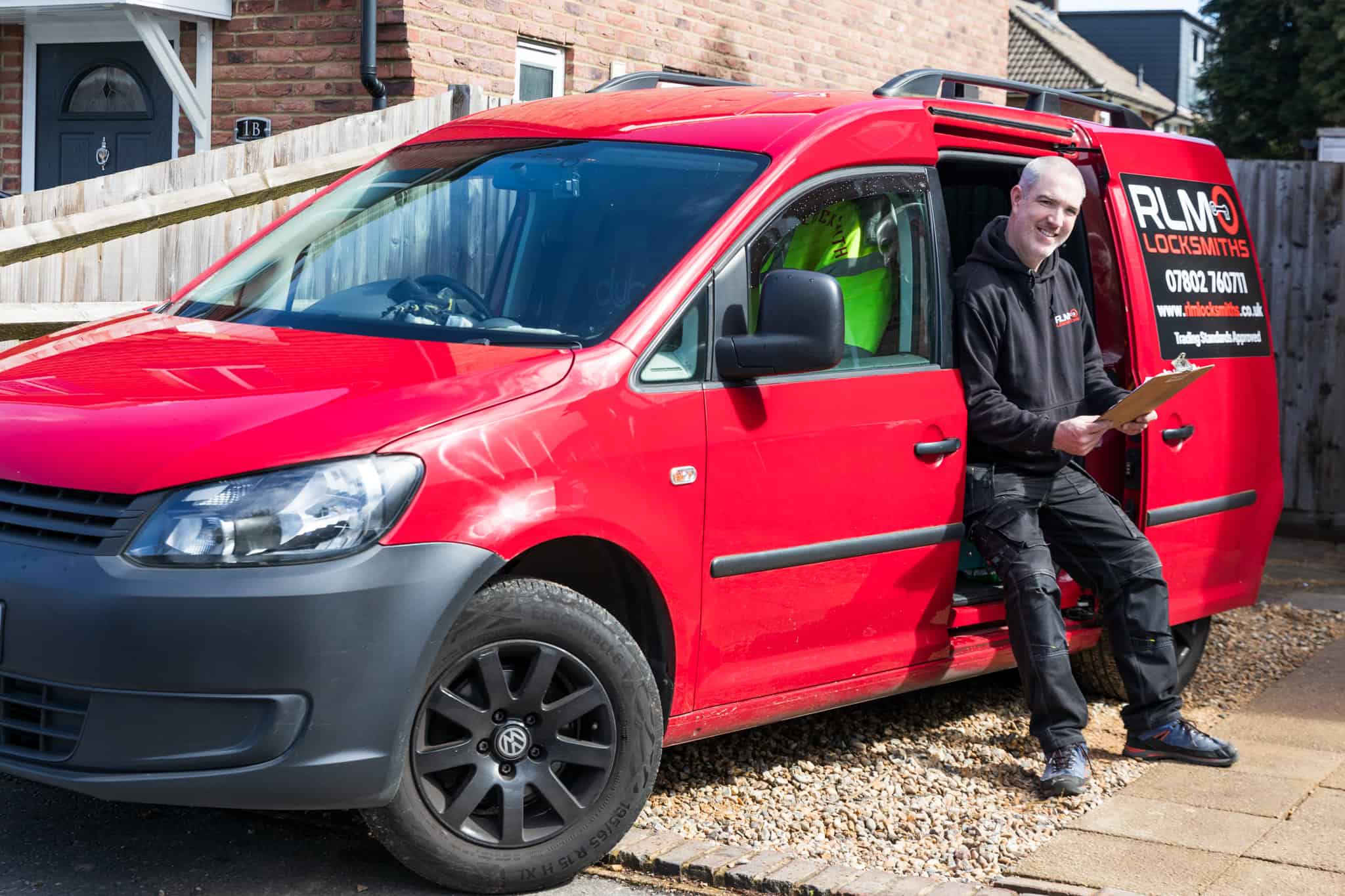How to Choose the Right Window Locks for Maximum Safety in Surrey
In Surrey, burglary isn’t rampant, but neither is it extinct. Between July 2024 and June 2025, Surrey saw around 3,100 burglaries reported, in Mole Valley, residential burglaries ticked up from 168 to 183 per year (an 8.9 % rise). Tandridge, meanwhile, sits near the county average for overall crime, with a crime rate of about 55.15 per 1,000 residents, slightly below Surrey’s average of around 62.52. While burglary-specific unsolved stats aren’t available, these figures tell us that neither area is immune, they’re small sparks, not roaring infernos. Choosing the right window locks isn’t paranoia, it’s basic prevention.
Step 1: Identify Your Window Type
Knowing your window type is the first step in choosing a lock that actually works for it, the wrong match can leave even the strongest lock useless.
Casement windows
 Casement windows open outwards on side hinges and are one of the most common styles in Surrey homes. Their simplicity makes them reliable for ventilation, but also vulnerable if secured only by a basic latch. A multi-point lock or key-operated locking handle secures the sash to the frame at several points, making it much harder to force the window open from one corner. In higher-risk areas such as Elmbridge or Camberley, pairing this with laminated glass adds an extra layer of resistance.
Casement windows open outwards on side hinges and are one of the most common styles in Surrey homes. Their simplicity makes them reliable for ventilation, but also vulnerable if secured only by a basic latch. A multi-point lock or key-operated locking handle secures the sash to the frame at several points, making it much harder to force the window open from one corner. In higher-risk areas such as Elmbridge or Camberley, pairing this with laminated glass adds an extra layer of resistance.
Sash windows

Traditional sliding sash windows are visually appealing but can be a weak spot in home security. Without the right hardware, a burglar can quietly lift the frame enough to gain entry. Installing sash stops or dual screws limits how far the window can be opened, allowing for safe ventilation while blocking full access. For homes in areas with summer burglary spikes, this is especially valuable when you want to keep a room cool without compromising safety.
Tilt and turn windows

Tilt and turn windows open inward in two ways: tilting at the top for ventilation or swinging from the side for full access. While versatile, their larger opening can be exploited if not properly locked. Fitting internal locking handles with a key ensures the window cannot be opened from the outside, even if the glass is broken. This is a strong choice for upper-floor windows that are still accessible from flat roofs or balconies.
UPVC windows

Modern UPVC windows often come with espagnolette locks, which engage bolts into multiple points along the frame. This makes them more resistant to prying than single-point latches. If your windows lack this feature, common in older UPVC installations, upgrading is worthwhile, especially if you live in burglary-prone areas such as Runnymede or Camberley. For maximum security, combine the espagnolette system with an opening restrictor to limit access when the window is ajar.
Step 2: Assess Your Local Risk Level
Surrey’s burglary rate averages 2.8 per 1,000 residents, but your personal risk depends on your area:
-
High-risk: Camberley, Elmbridge, Runnymede have higher burglary counts and low case closure rates.
-
Moderate risk: Guildford, Woking show mixed burglary levels, but summer spikes still happen.
-
Lower risk: Rural areas report fewer incidents but slower police response times.

If you live in a high-risk borough, consider pairing locks with laminated glass or window film for extra security.
Step 3: Choose the Lock Features That Maximise Security
Pick the lock features that give you the highest level of protection against break-ins.
Key-operated locks
These are a basic but crucial upgrade from simple latch-only locks. A key-operated mechanism means that even if a burglar manages to slide the window open from outside, the lock will still hold unless the correct key is used. This is especially important in Surrey homes with older timber windows, which can often be manipulated quietly with a thin tool. For maximum security, choose models with hardened steel bolts and keep spare keys in a secure, hidden place rather than within arm’s reach of the window.
Multi-point locking systems
Multi-point locks secure the window at two, three, or more points along the frame. This spreads the locking pressure, making it significantly harder for someone to force the window open by prying at one corner. They’re commonly used in UPVC and aluminium windows, but high-quality versions are also available for timber frames. In higher-risk Surrey areas like Elmbridge or Camberley, multi-point locks paired with laminated glass can act as a strong deterrent.
PAS 24:2022 certification
PAS 24 is a British security standard for windows and doors, updated in 2022 to reflect modern burglary techniques. Products meeting this standard have been tested for resistance to forced entry using common burglar tools such as crowbars and screwdrivers. This is the level of security many insurance companies expect for new installations. In practice, if you’re replacing or upgrading windows in Surrey, asking for PAS 24:2022-certified locks ensures you’re not buying outdated, underperforming security hardware.
Secured by Design accreditation
Secured by Design (SBD) is a police-backed initiative that recognises products tested against real-world burglary methods, not just lab simulations. Locks and windows with SBD accreditation have been proven to resist attacks that are actually used by offenders, including in Surrey break-ins. Choosing an SBD-approved product adds another layer of assurance : it means the lock isn’t just theoretically strong, but has passed tests aligned with how burglars operate in real homes.
| Window Type | Risk Level in Surrey | Recommended Lock Type | Additional Features
to Add |
Why This Works |
| Casement | Low risk (rural) | Key-operated locking handle | Opening restrictor | Stops simple latch attacks and prevents wide opening during ventilation. |
| High risk (Elmbridge, Camberley, Runnymede) | Multi-point locking system with PAS 24:2022 certification | Laminated glass + window alarm | Resists prying at single points, strengthens glass against smash-and-grab. | |
| Sash | Low risk | Sash stops or dual screws | Security film | Prevents sliding beyond a safe gap while reinforcing glass. |
| High risk | Dual screws + key-operated sash lock (SBD approved) | Opening restrictor + motion-sensor light | Stops both sliding and levering attempts; visible deterrent. | |
| Tilt & Turn | Low risk | Internal keyed handle | Restrictor chain | Blocks handle turning if glass is broken. |
| High risk | Multi-point internal lock (PAS 24:2022) | Laminated glass + alarm sensor | Combines internal handle security with strong locking points. | |
| UPVC | Low risk | Espagnolette lock with 3-point locking | Opening restrictor | Prevents single-point attack and limits access during ventilation. |
| High risk | Espagnolette with 5-point locking (PAS 24:2022) | Laminated glass + external CCTV view | Increases resistance to brute force and adds visible deterrence. |
Step 4: Add Extra Barriers if Needed
Ground-floor and easily accessible upper-floor windows are prime targets for burglars. In Surrey, many break-ins occur through these points because they’re either left unsecured or rely on a single lock that can be forced in seconds. Adding extra barriers creates layers of defence that slow an intruder and increase the chance they’ll give up.
Laminated or security film glass
Laminated glass has a thin plastic layer between two sheets of glass, making it far harder to smash through. Even if the glass breaks, the plastic holds it together, forcing the intruder to make repeated loud impacts. Security window film offers a similar effect for existing glass, bonding it to a clear protective layer. In burglary statistics, noise and time are two of the biggest deterrents. Because burglaries only typically last several minutes, extending that time is often enough to make the criminal abandon the attempt.
Opening restrictors
An opening restrictor limits how far the window can open, allowing ventilation without creating an access point. This is particularly useful for sash and casement windows, which can otherwise be opened wide enough for someone to climb through. In Surrey’s spring and summer months, when residents often leave windows ajar, burglary reports spike but restrictors give you fresh air without the risk.
Window alarms
Window alarms attach directly to the frame or glass and trigger a loud siren if tampered with. Some models also link to home security systems or send alerts to your phone. For houses in high-risk areas like Elmbridge or Runnymede, combining a physical lock with an audible alarm significantly increases the chance of scaring off an intruder before they get inside. Even basic stand-alone alarms can be bought for under £20 and are effective deterrents when installed on vulnerable windows.
Step 5: Consider Installation Quality
A premium lock can only perform as well as its installation. Even the most secure design becomes a weak link if it’s fitted poorly. In Surrey, police reports regularly note that forced-entry burglaries often succeed not because of the lock itself, but because the frame or fittings gave way.
Hiring a trading Standards Approved locksmith in Surrey ensures you’re getting someone trained to fit locks to tested security standards. A professional will:
- Align the lock properly to avoid gaps – A poorly aligned lock leaves small spaces that can be exploited with tools. Even a few millimetres can make a difference to a determined burglar.
- Use reinforced screws and strike plates – Standard screws can shear under force. Reinforced versions, paired with high-strength strike plates, make it far harder to break the lock housing away from the frame.
- Check the frame for weak points a burglar could exploit – Timber rot, cracked UPVC, or loose joints can undo the protection your lock offers. A locksmith will spot these issues and recommend fixes before they become vulnerabilities.
A well-installed lock not only performs better under attack but also lasts longer, meaning fewer replacements and less maintenance over time.
Step 6: Review Your Locks Regularly
Burglary patterns in Surrey aren’t random, they show clear seasonal spikes. Warmer months see more windows left open or unlocked, which criminals exploit.
Regular lock inspections can make a big difference, especially before high-risk periods such as summer holidays or Christmas, when homes are often left empty. It’s also wise to check your locks after any building or maintenance work, as tradespeople may have needed access and could have unintentionally loosened fittings.
When inspecting, look for:
- Stiff mechanisms – can indicate rust or dirt that reduces the lock’s effectiveness.
- Loose handles or fittings – these can weaken the lock’s hold and make it easier to force open.
- Visible rust or corrosion – this compromises strength and should be addressed immediately.
Replacing or servicing a faulty lock early costs far less than dealing with the aftermath of a burglary. Make a habit of a quick check at least twice a year, and keep a record of any maintenance or upgrades for insurance purposes.
Choosing the right window lock in Surrey means matching the hardware to both your window type and your area’s burglary risk. High-risk boroughs like Camberley, Elmbridge, and Runnymede benefit from multi-point locking systems, laminated glass, and alarm sensors, while lower-risk rural areas can often be secured with key-operated locks and restrictors. By pairing the right lock with your home’s vulnerabilities, you create a layered defence that slows intruders and reduces the likelihood of a break-in.





